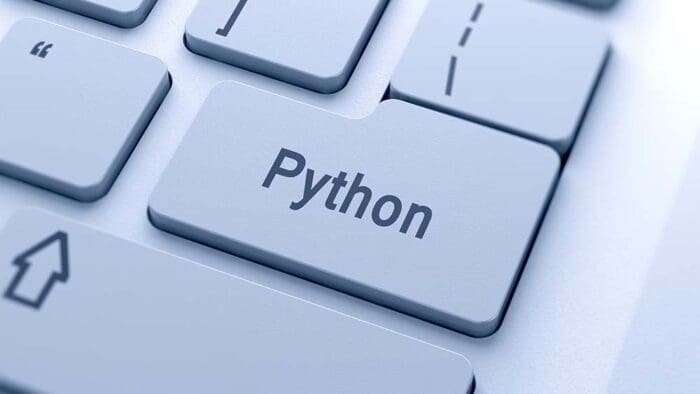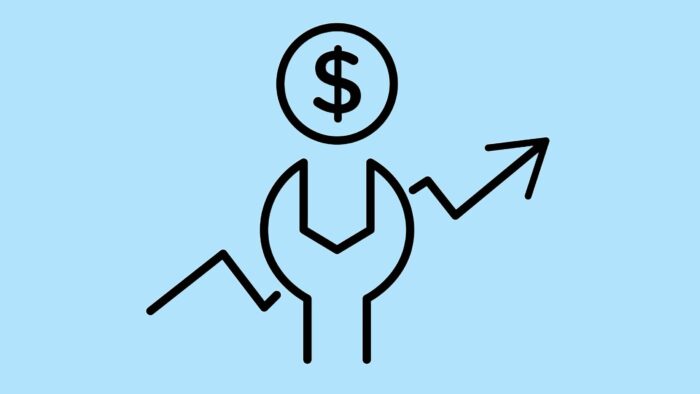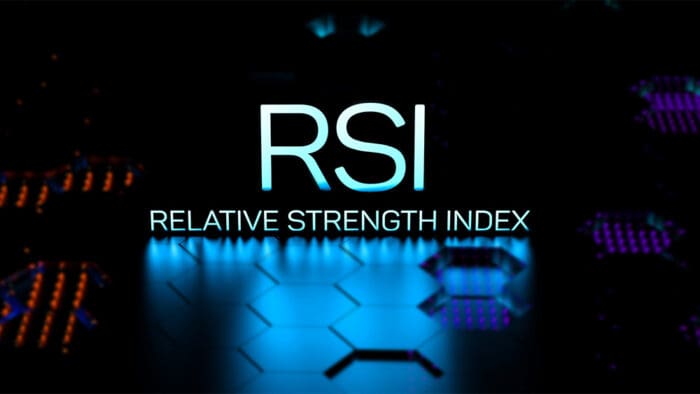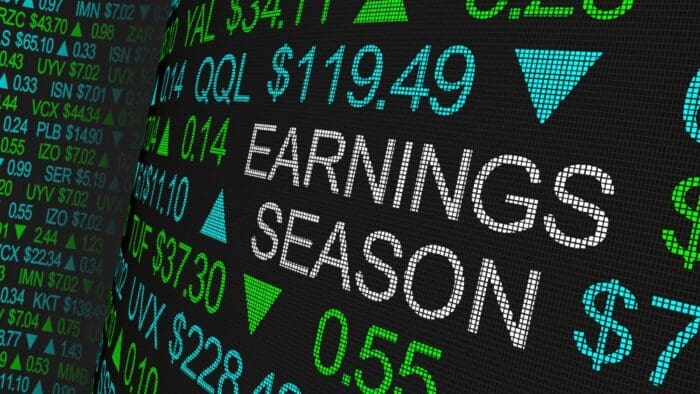Stocks are starting the week on the right foot as Wall Street looks to corporate earnings and simmering geopolitical hostilities to turn October into a positive month. The headwinds from earlier in the month are being countered by profitability updates from financial firms and a softer tone from President Trump regarding trade relations with Beijing. Indeed, solid quarterly results from regional lenders are bolstering confidence that credit issues don’t pose broader trouble to the economy. Meanwhile, an increasingly amicable White House is quelling fears of a prolonged and disruptive US-China cross-border commerce conflict that would hamper growth prospects. Equities are advancing across the four major domestic benchmarks, but the rate-sensitive Russell 2000 is leading the pack as fixed-income watchers’ pencil in quarter-point reductions at the two remaining Fed meetings of 2025. The commodity complex is bullish with all majors climbing minus crude oil, which is contained by an ample supply environment and sluggish numbers from China. Bitcoin is recovering from its recent losses and forecast contracts are catching bids while yields and the greenback are relatively steady in light of a lack of economic data due to the shutdown. Prices for volatility protection instruments are falling against the backdrop of risk-on winds in markets that are lessening hedging demand.
Capital Market Tailwinds Might Accelerate
Last night’s data from China reflected the negative effects of trade tensions on the country’s prosperity. Its statistics are being supported by an export surge amidst an oversupply of goods, while the sluggish domestic consumer and declining real estate values stymie activity. And the outlook isn’t pretty, as depressed business sentiment drove the first decrease in fixed-asset investment since the pandemic depths of 2020. The relative underperformance coincides with a positive tilt in talks with Washington, raising the likelihood of a diplomatic agreement occurring before deadlines on Nov. 1 and Nov. 10. A potential relaxation in hostilities alongside a reopened government corresponding with favorable seasonals starting next month, are likely to spark a risk-on rally in markets into year-end. Conversely though, ongoing quarreling between the Western and Eastern powers and the lengthiest shutdown in US history would contain the advancement of equities and could drive a correction in stocks.
International Roundup
China Maintains Key Interest Rates as Economy Limps Along
The People’s Bank of China decided this morning to keep its one- and five-year loan rates unchanged at 3% and 5% even as the country’s economy continues to languish. While the decision may reflect caution regarding excessive easing, policymakers may have decided to avoid making changes prior to the Fourth Plenum, a meeting in which the government outlines plans for economics policies and other matters. The three-day event started today.
GDP Growth Slows
China’s third-quarter economic growth decelerated on a year-over-year (y/y) basis, but it strengthened modestly relative to the three-month period ended in August, according to data released yesterday. Retail sales growth in September also slowed, although the country’s unemployment rate sank slightly while industrial production was stronger y/y. Gross domestic product (GDP) expanded 4.8% y/y in the recent quarter, slightly stronger than the economist consensus estimate of 4.7% but weaker than 5.2% in the second quarter. On a quarter-over-quarter (q/q) basis, GDP was up 1.1%, slightly better than the 1% result in the preceding period and the economist consensus estimate of 0.8 So far this year, fixed-asset investment has sunk 0.5% y/y, a result of weak spending on infrastructure, housing and manufacturing. When excluding real estate, however, fixed-asset investment year to date was up 3% after recording a 4% ascent during the first eight months of 2025.
Industrial production was somewhat of a bright spot with September posting a 6.5% y/y ascent, stronger than the 5% estimate from a consensus of economists and August’s 5.2% gain. Weakness existed elsewhere, however, with September house prices falling 2.2% y/y following a 2.5% y/y decline in August. Also in September, retail sales were up 3% y/y, exceeding the 2.9% estimate but much weaker than the 3.4% result in August.
Hong Kong’s Unemployment Rate Climbs
The unemployment rate in Hong Kong climbed to 3.9% in the July through September period after a 3.7% print for the three-month period ended in August, according to preliminary data from the special administrative region’s Census and Statistics Department. It is the highest rate since September 2022. In the recent period, the number of out-of-work individuals increased by 4,600 from the 151K total in the preceding three-month time span. Unemployment increased in social work and construction. Conversely, conditions improved in the financing and health care categories. In a statement, Financial Secretary Paul Chan Mo-po said some industries were undergoing transformation, but he believes a stabilizing property sector along with the government’s efforts to attract technology companies and sponsor mega events that attract tourists will support the job market.
Canada’s Industrial Producer Price Index, which measures input prices paid by businesses, climbed 0.8% month over month (m/m) in September compared to the 0.2% pace in August. The metric was also up 5.5% y/y during the most recent reporting time span. Relative to August, the items with price increased and the extent of the changes were as follows:
- Non-ferrous metals, 5.9%
- Energy and petroleum products, 1.4%
- Meat, fish and dairy products, 0.7%
Lumber, however, broke a two-month streak of loftier prices, descending 4.4%, which resulted primarily from softwoods, which are primarily used in construction, falling 10.7%. In a related matter, the Raw Materials Price Index depicted a 1.7% northward movement after the category experienced a 0.8% decline in August. Relative to September of last year, the gauge depicted raw materials becoming 8.4% more expensive. In the preceding month, the category was up 3% y/y.
Disclosure: Interactive Brokers Affiliate
Information posted on IBKR Campus that is provided by third-parties does NOT constitute a recommendation that you should contract for the services of that third party. Third-party participants who contribute to IBKR Campus are independent of Interactive Brokers and Interactive Brokers does not make any representations or warranties concerning the services offered, their past or future performance, or the accuracy of the information provided by the third party. Past performance is no guarantee of future results.
This material is from IBKR Macroeconomics, an affiliate of Interactive Brokers LLC, and is being posted with its permission. The views expressed in this material are solely those of the author and/or IBKR Macroeconomics and Interactive Brokers is not endorsing or recommending any investment or trading discussed in the material. This material is not and should not be construed as an offer to buy or sell any security. It should not be construed as research or investment advice or a recommendation to buy, sell or hold any security or commodity. This material does not and is not intended to take into account the particular financial conditions, investment objectives or requirements of individual customers. Before acting on this material, you should consider whether it is suitable for your particular circumstances and, as necessary, seek professional advice.



















Join The Conversation
For specific platform feedback and suggestions, please submit it directly to our team using these instructions.
If you have an account-specific question or concern, please reach out to Client Services.
We encourage you to look through our FAQs before posting. Your question may already be covered!